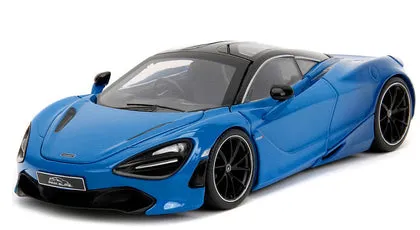Diecast vehicles are more than just toys; they’re miniature works of art, historical artifacts, and valuable collectibles. Whether you’re a seasoned collector or a curious newcomer, the world of diecast vehicles offers a fascinating blend of history, craftsmanship, and investment potential. This guide unveils seven key secrets to help you navigate this exciting hobby, from understanding scales and manufacturing processes to identifying authentic models and showcasing your prized collection.
7 Secrets of Diecast Vehicles
Secret 1 Understanding Scale
One of the most fundamental aspects of diecast collecting is understanding scale. Scale refers to the ratio between the size of the model and the size of the real-life vehicle. Different scales cater to various preferences and display options, so understanding the common scales is crucial for building a cohesive collection. Choosing a scale often depends on the type of vehicle, display space, and personal preference. Some collectors focus on a single scale, while others enjoy the variety of different sizes.
Common Scales Explained
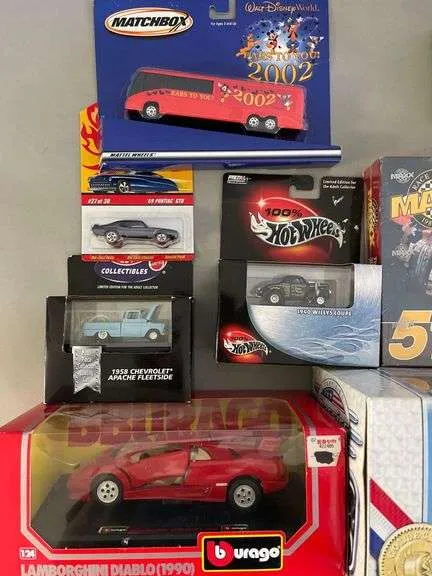
The most popular scales include 118, 124, 143, and 164. 118 scale models are larger and offer impressive detail, making them ideal for display. 124 scale provides a slightly smaller footprint, allowing for more models in a given space. 143 scale is frequently used for model trains and offers a balance between detail and size. Finally, 164 scale, often referred to as ‘Matchbox’ or ‘Hot Wheels’ size, is the most common and affordable, perfect for building a large and diverse collection. Each scale has its own unique characteristics, offering diverse display options and different levels of detail.
Why Scale Matters
Scale directly impacts the detail, size, and cost of your diecast vehicles. Larger scales allow for more intricate detailing, such as opening doors, detailed engines, and realistic interiors. However, larger models also require more space and come at a higher price point. Smaller scales, on the other hand, are more budget-friendly and easier to store, but may sacrifice some detail. Choosing the right scale(s) is essential for creating a collection that meets your display needs, budget, and personal preferences. This decision forms the foundation of your collecting journey.
Secret 2 The Manufacturing Process
The creation of a diecast vehicle is a marvel of engineering and precision manufacturing. Understanding the process provides a greater appreciation for the craftsmanship involved and the value of each model. From initial design to the final touches, each step contributes to the final product. This understanding can significantly enhance your appreciation of the vehicles themselves, and improve your buying decisions.
Die-casting Explained
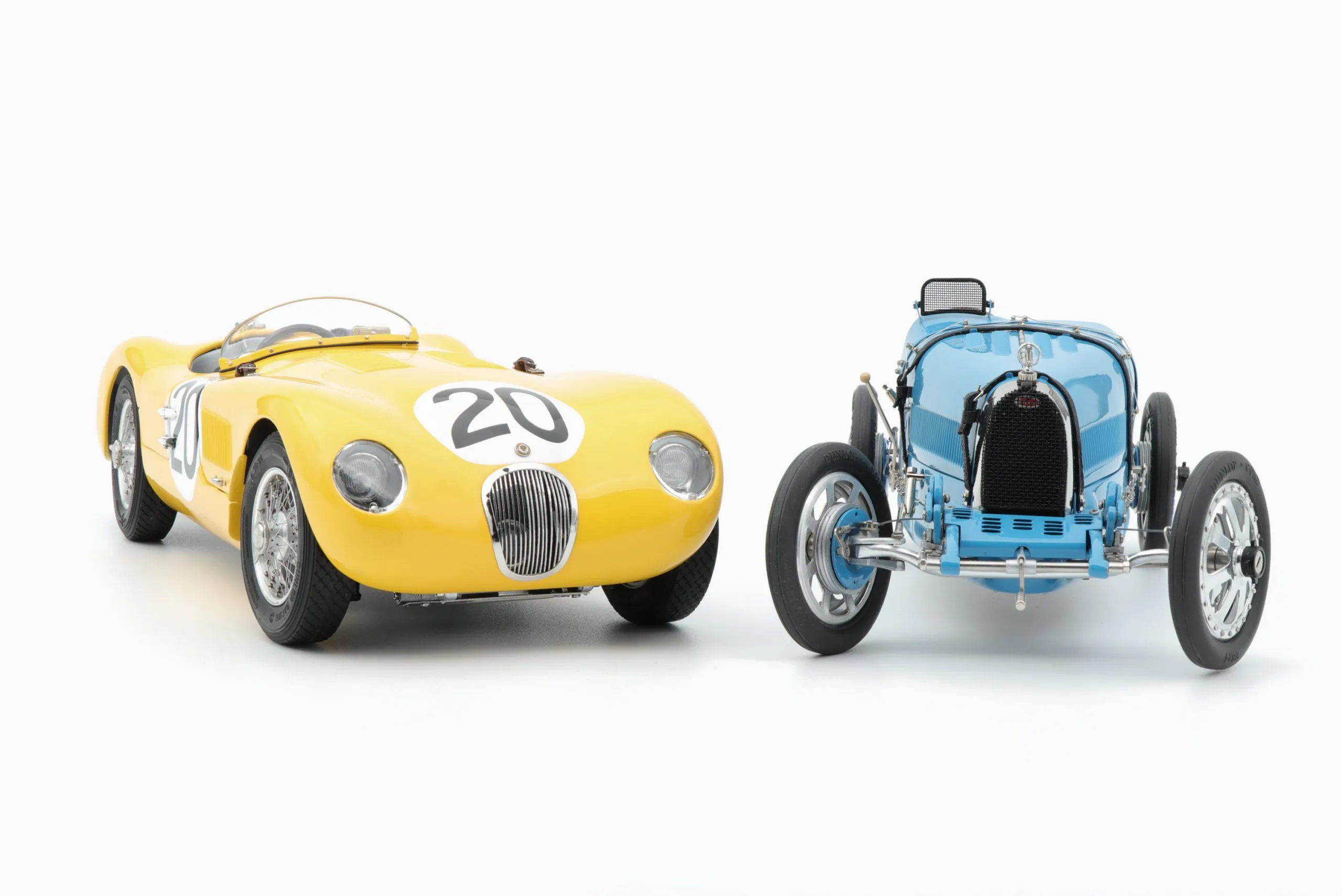
Die-casting is the core process, involving injecting molten metal (typically zinc alloy) into a mold under high pressure. This creates the main body and chassis of the vehicle with incredible accuracy and detail. The mold is carefully designed to capture every contour, panel line, and feature of the original vehicle. The metal solidifies quickly, allowing for efficient production and the replication of complex shapes. The quality of the die-casting process determines the overall quality and detail of the model, directly impacting its value and collectibility.
Assembly and Finishing
Once the die-cast parts are created, they undergo assembly and finishing. This involves attaching the various components, such as wheels, windows, interior details, and trim. Painting is a crucial step, often involving multiple layers and intricate masking to achieve the correct colors and finishes. Decals and markings are applied to replicate the original vehicle’s branding and details. The finishing process also includes quality control checks to ensure that each model meets the manufacturer’s standards. High-quality assembly and finishing are what separate exceptional models from the rest, making them more desirable to collectors.
Secret 3 Identifying Authentic Vehicles
The market for diecast vehicles includes both genuine models and replicas, making it essential to develop the skills to distinguish between the two. Authenticity is critical for preserving the value of your collection, and accurate identification ensures you are acquiring genuine items. Careful inspection, research, and attention to detail are your most valuable tools.
Checking Details
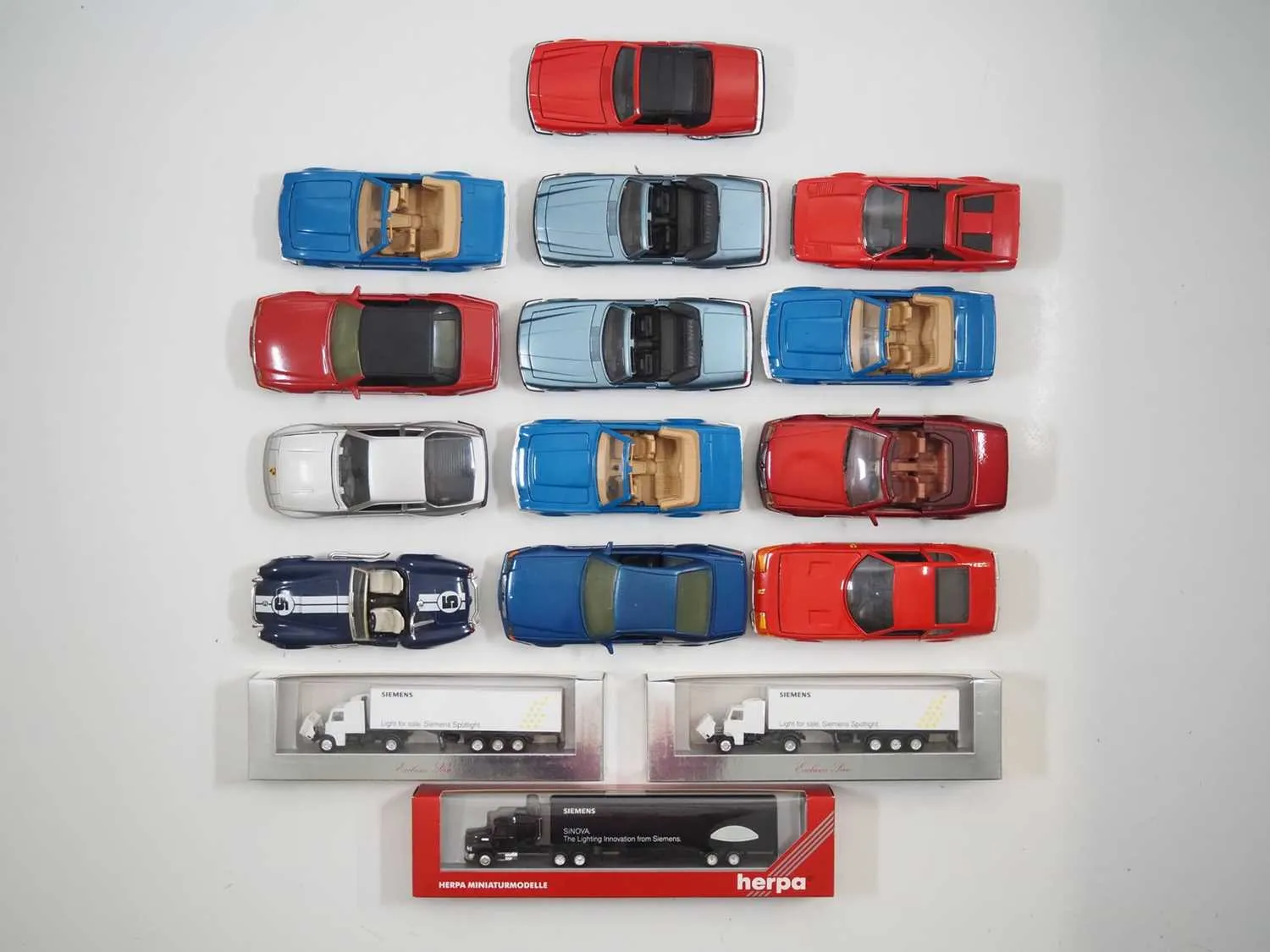
Examine the model closely for any imperfections, such as misaligned parts, paint flaws, or incorrect details. Compare the model to photographs of the real vehicle or verified examples of the same model. Look for inconsistencies in the paint finish, the quality of the detailing, and the accuracy of the features. Authentic models will typically exhibit a high level of precision and attention to detail, while replicas often have noticeable flaws.
Verifying Markings
Check for manufacturer markings, model numbers, and licensing information, which are often found on the chassis or base of the model. Research the brand and model to verify the markings are correct. Counterfeit models may have incorrect or missing markings. Genuine models will usually include accurate details and official branding. The presence of these markings significantly enhances the collectibility and value of a diecast vehicle. Comparing the markings on a potential purchase to those of known authentic models is a crucial step in the authentication process.
Secret 4 Maintaining Your Collection
Proper care is vital for preserving the condition and value of your diecast vehicles. Maintaining your collection ensures they remain in pristine condition for years to come, preserving their value and enjoyment. Investing in proper storage and maintenance practices is an investment in the longevity of your collection.
Proper Storage
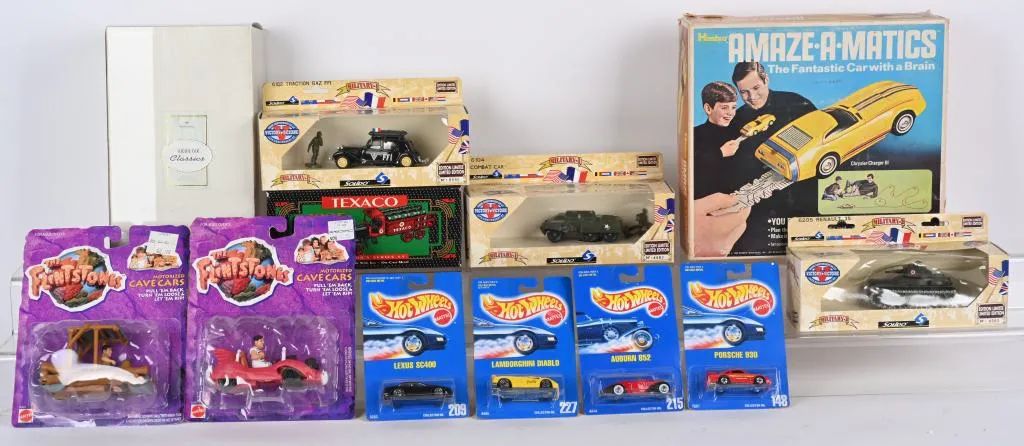
Store your diecast vehicles in a cool, dry place away from direct sunlight and extreme temperatures. Sunlight can fade paint and damage delicate parts. High humidity can lead to rust or corrosion. Consider using display cases or storage boxes to protect your models from dust and damage. The ideal storage environment is stable, consistent, and free from environmental hazards. Proper storage is essential for preserving the condition of your models, and maintaining their value.
Cleaning and Care
Regularly dust your models with a soft brush or cloth to prevent dust accumulation. Avoid using harsh chemicals or abrasive cleaners, which can damage the paint and details. If necessary, use a mild soap and water solution, followed by a gentle drying. Handle your models carefully to avoid scratches or damage. Proper cleaning and care help maintain the appearance and value of your collection. This process helps to prevent the build-up of dust and grime, which can degrade the models over time.
Secret 5 Investing in Diecast Vehicles
Diecast vehicles can be a rewarding investment, but it requires knowledge and a strategic approach. Understanding the factors that influence value and staying informed about market trends can help you make informed investment decisions. While the primary focus for many collectors is passion, there is also the potential for financial returns, which makes diecast vehicles a unique investment opportunity.
Factors Affecting Value
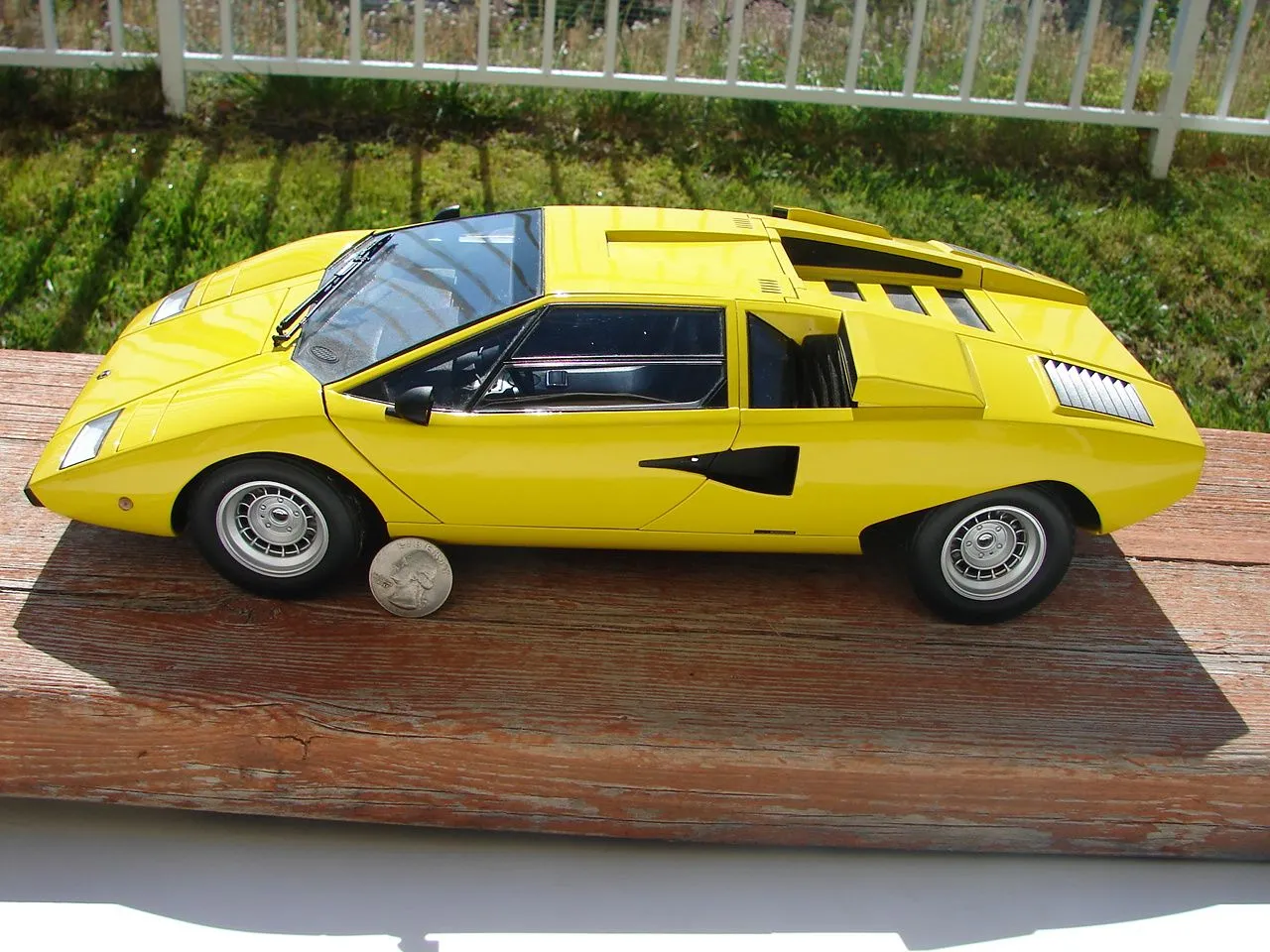
Several factors influence the value of diecast vehicles, including rarity, condition, manufacturer, scale, and historical significance. Limited edition models and those in pristine condition typically command higher prices. Certain manufacturers, such as CMC and Bburago, are highly sought after by collectors. Models of classic or iconic cars often appreciate in value over time. The key to successful investment is research, and identifying models with the potential for appreciation. Market demand and collectibility are key drivers of value.
Market Trends
Stay informed about current market trends by following online forums, attending collectible shows, and consulting with experienced collectors. Auction results and price guides can provide valuable insights into the current market value of specific models. Keep an eye out for emerging trends and popular models to make informed investment decisions. Understanding market trends allows you to anticipate changes in value, and to make more profitable investment choices. This knowledge enables you to make informed decisions about acquiring and selling diecast vehicles.
Secret 6 Finding Rare Vehicles
Locating rare and hard-to-find diecast vehicles can be a thrilling part of the collecting experience. It involves persistence, networking, and a keen understanding of where to look. The pursuit of these models adds another layer of excitement to the hobby.
Online Auctions
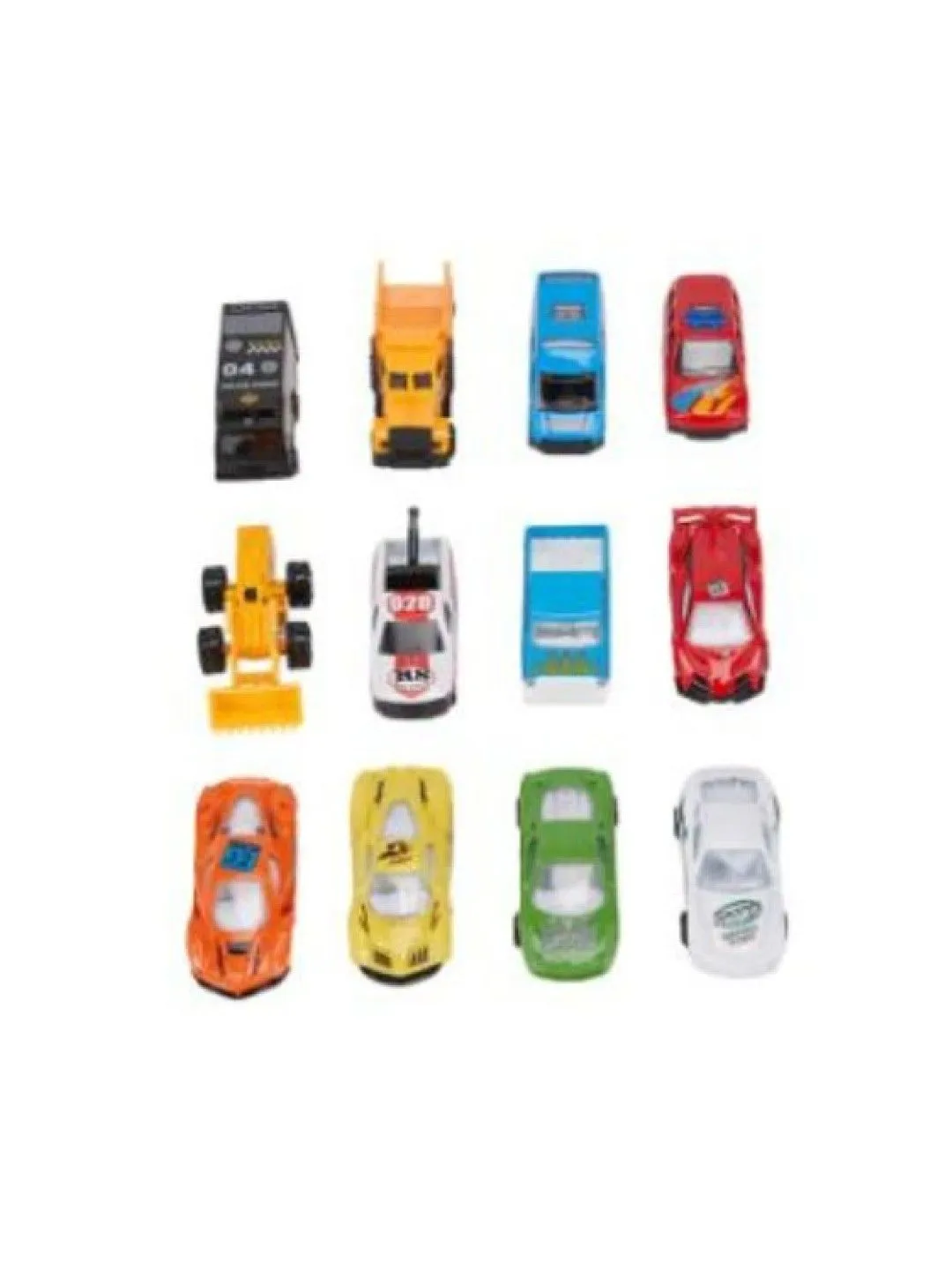
Online auction sites such as eBay are great places to find a wide selection of diecast vehicles, including rare models. Set up alerts for specific models or brands and regularly check for new listings. Research the seller’s reputation and carefully review the photos and descriptions before bidding. Auctions can be a great way to find rare models that are not available elsewhere.
Specialty Shops
Specialty shops and collectible stores often carry rare and vintage diecast vehicles. These shops are also a great place to connect with other collectors and learn about the hobby. Build relationships with the shop owners, and ask them about the models you are seeking. These shops provide a more curated selection, and they can often offer valuable information about specific models, adding to your expertise.
Secret 7 Showcasing Your Collection
Displaying your diecast vehicles is a way to share your passion and enjoy your collection. There are many creative ways to showcase your models, depending on your space and personal preferences. A well-organized display can significantly enhance the visual appeal of your collection. The right display can not only showcase your collection but also protect your valuable models.
Display Ideas
Consider using display cases, shelves, or shadow boxes to showcase your models. Arrange your collection by scale, brand, or theme. Use lighting to highlight details and create visual interest. You can even incorporate dioramas or backdrops to create more realistic scenes. Experiment with different display ideas to find what best suits your collection and style. There are many ways to create visually appealing and informative displays.
Protecting Your Display
Protect your display from dust, sunlight, and accidental damage. Use clear covers or glass doors on display cases to protect your models from dust and the environment. Position your display away from direct sunlight to prevent fading. Secure your display to prevent accidental falls. Protection enhances the longevity of the collection and safeguards the investment. Proper protection ensures that your collection remains in pristine condition.
In conclusion, the world of diecast vehicles offers a rich and rewarding experience for collectors of all levels. By understanding the secrets revealed in this guide, you can enhance your knowledge, expand your collection, and maximize your enjoyment of this fascinating hobby. Whether you’re drawn to the intricate details, the historical significance, or the investment potential, diecast vehicles are sure to captivate and delight. Embrace the journey, and enjoy the thrill of the chase!
